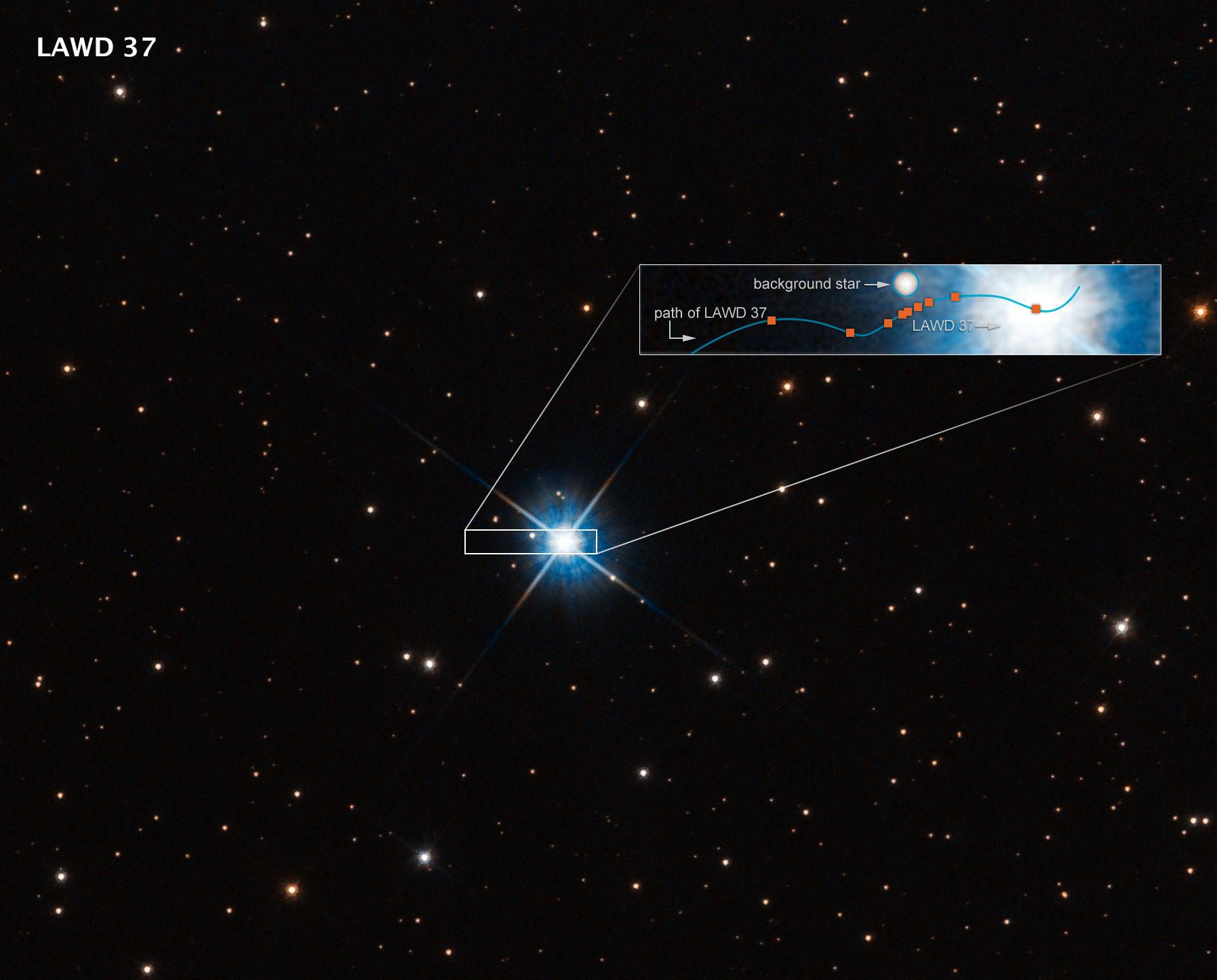A group of astronomers has managed to directly measure the mass of a dead star by using gravitational microlensing around a white dwarf star to peer deep into the cosmos. This is the first time that astronomers have managed to measure the mass of such a star.
The team that made the discovery was led by the University of Cambridge and used data from two telescopes to measure how the light of a distant star bent around the white dwarf star known as LAWD 37. The bending light caused the distant star to seemingly change positions in the sky.
Of course, it didn’t actually change positions in the sky, but it just appeared that way based on how the light bent around the white dwarf as the astronomers observed it. It’s the first time that astronomers have taken note of this particular effect around a single, isolated star like LAWD 37.

Stars like LAWD 37 can give us huge insight into how stars evolve. This particular star is the result of the death of a star similar to our own Sun. When these stars die and turn into white dwarfs, their outer material is expelled, leaving nothing but a hot, dense core in space.
At this point, the matter around the star begins to act differently, bringing up more questions for astronomers to try to answer. And because this white dwarf is somewhat close to us, we have a ton of data on it. But we’ve never had a measurement of its mass. Not until now, at least.
With astronomers able to learn more about this white dwarf star, we could very see new doors opening to help scientists dig deeper into the other isolated stars found throughout our universe, something that was impossible until astronomers discovered this new method.
Previous discoveries of massive white dwarfs have also helped astronomers answer important questions about the evolution of stars.







